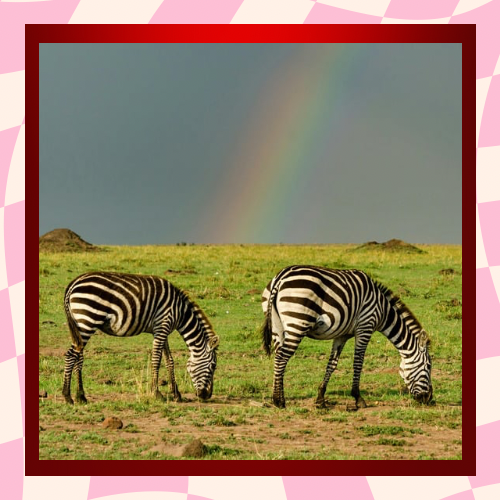Zebras, with their striking black-and-white stripes, are among the most recognizable animals in the world. These iconic creatures are native to Africa and belong to the genus *Equus*, sharing a family tree with horses and donkeys. While their stripes might seem like a simple pattern, they hold secrets to survival, social structure, and even temperature regulation. Let’s explore the unique characteristics, behaviors, and fun facts that make zebras so extraordinary.
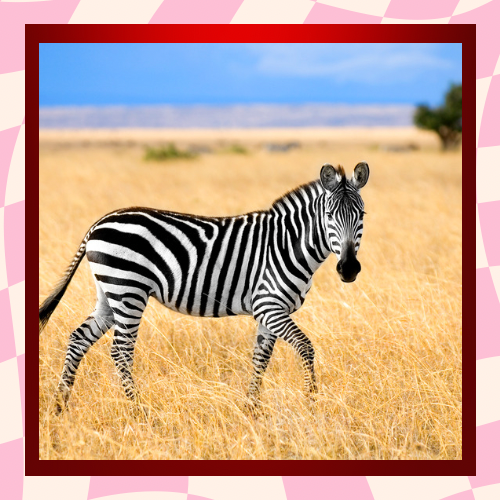
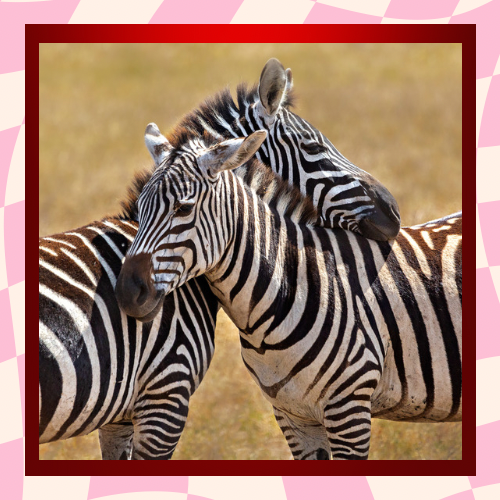
Three Species, One Iconic Look
Zebras are divided into three species: the plains zebra (Equus quagga), the mountain zebra (Equus zebra), and the Grévy’s zebra (Equus grevyi). Each species has distinct features and habitats.
Plains Zebra: The most common and widespread, found in grasslands and savannas across eastern and southern Africa. Their stripes are bold and extend all the way to their bellies.
Mountain Zebra: Adapted to rugged terrains in southwestern Africa, they have narrower stripes and a dewlap (a fold of skin under the neck).
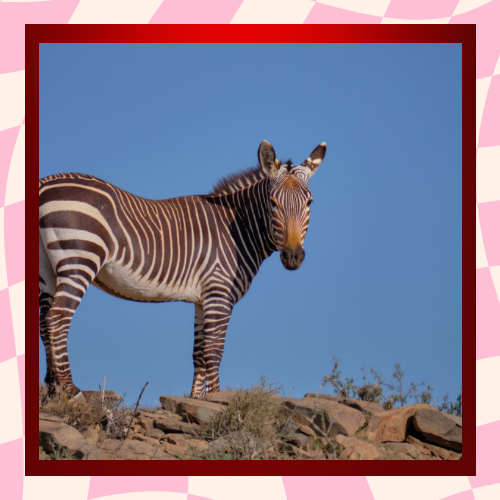
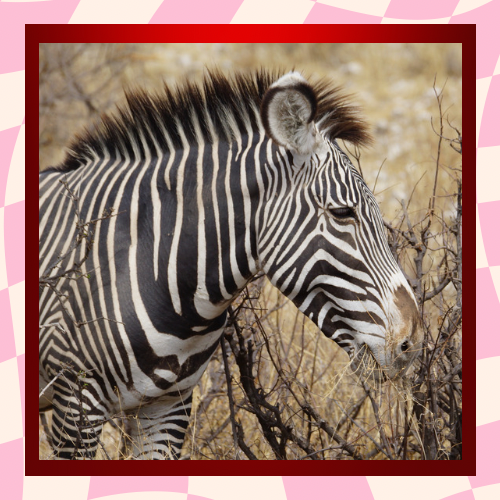
Grévy’s Zebra: The largest and most endangered, native to arid regions of Kenya and Ethiopia. They have thin, closely spaced stripes and a white belly.
Despite their differences, all zebras share the iconic striped pattern that makes them instantly recognizable.
Why Stripes? The Science Behind the Pattern
The purpose of zebra stripes has puzzled scientists for centuries. Several theories attempt to explain this unique adaptation:
1. Camouflage: Stripes may help zebras blend into their surroundings, especially in tall grass or under the dappled light of trees. The pattern can confuse predators by making it hard to single out an individual in a herd.
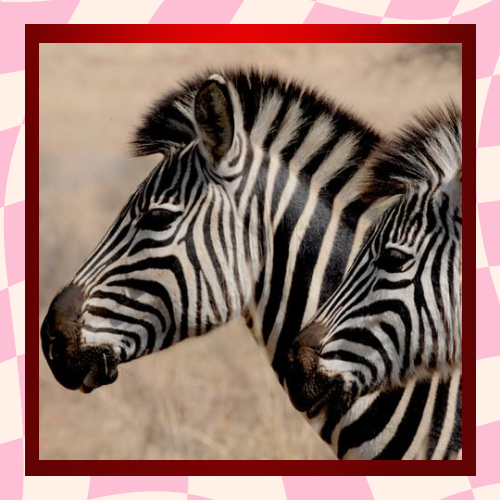
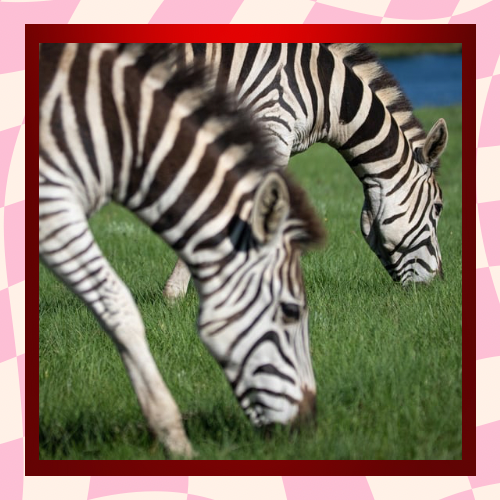
2. Temperature Regulation: Research suggests that the black-and-white stripes create small air currents that help cool the zebra’s body. The black stripes absorb heat, while the white stripes reflect it, creating a natural cooling system.
3. Insect Deterrent: Stripes may repel biting flies, such as horseflies and tsetse flies. Studies show that these insects are less likely to land on striped surfaces, possibly because the pattern disrupts their vision.
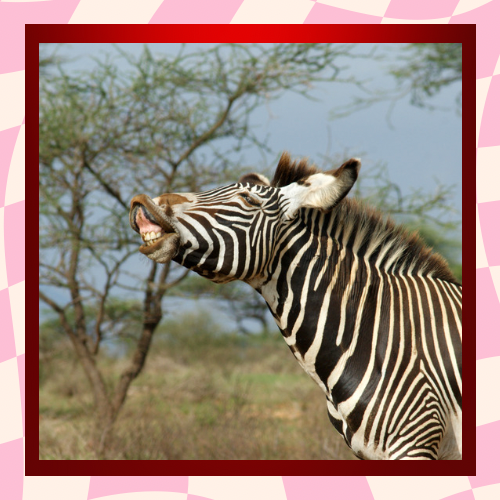
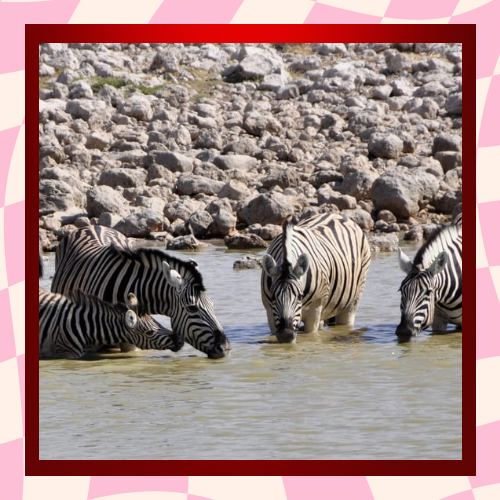
Social Structures and Communication
Zebras are highly social animals, but their group dynamics vary by species.
– Plains Zebras: Live in family groups called harems, consisting of one stallion, several mares, and their young. These groups often merge with others to form large herds, especially during migrations.
– Mountain Zebras: Form smaller, more stable family groups. They are less migratory and tend to stay in their mountainous habitats.
– Grévy’s Zebras: Have looser social bonds. Males establish territories and compete for access to females, who move freely between territories.
Communication plays a vital role in zebra society. They use vocalizations, such as barks, whinnies, and snorts, to alert others of danger or maintain group cohesion. Body language, like ear positioning and facial expressions, also conveys emotions and intentions.
Diet and Survival Strategies
Zebras are herbivores, primarily grazing on grasses, leaves, and stems. Their digestive systems are adapted to process tough, fibrous plant material, allowing them to thrive in environments where food is scarce.
To avoid predators like lions, hyenas, and crocodiles, zebras rely on their keen senses and collective vigilance. Their large eyes provide excellent vision, and their ears can rotate to detect sounds from all directions. When threatened, zebras form a defensive circle, with foals in the center and adults facing outward.
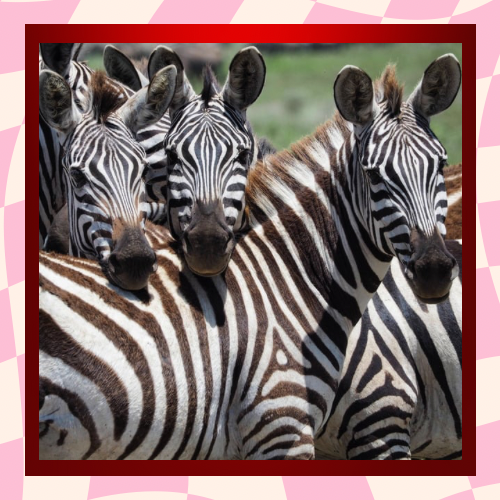
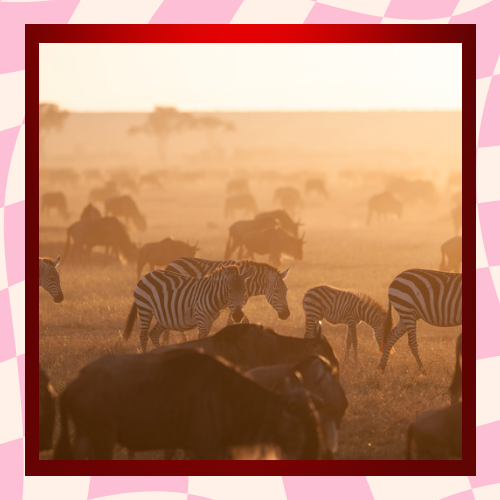
The Untamable Spirit of Zebras: Strength and Independence
Zebras, with their striking stripes and wild beauty, have long captured human imagination. Unlike their domesticated relatives, horses and donkeys, zebras have resisted taming despite numerous attempts throughout history. Their untamable nature, combined with their incredible physical strength, makes them one of the most fascinating and formidable animals in the wild.
Why Zebras Resist Domestication
Zebras are inherently wild animals with instincts honed for survival in the African savannas. Several factors contribute to their resistance to domestication:
1. Aggressive Temperament: Zebras are known for their unpredictable and defensive behavior. They are more prone to biting and kicking when threatened, making them difficult to handle. Unlike horses, which have been selectively bred for docility over thousands of years, zebras retain their wild instincts.
2. Strong Flight Response: Zebras are highly alert and reactive to danger. Their survival depends on their ability to flee quickly from predators, which makes them less inclined to trust humans or submit to training.
3. Social Structure: Zebras have complex social dynamics that are difficult to replicate in captivity. They rely on their herds for protection and communication, and isolating them for training can cause stress and aggression.
Historical attempts to domesticate zebras, such as those by European colonizers in Africa, have largely failed. While zebras have occasionally been trained for riding or pulling carriages, these efforts have been rare and short-lived. Their unpredictable nature makes them unsuitable for consistent work or companionship.
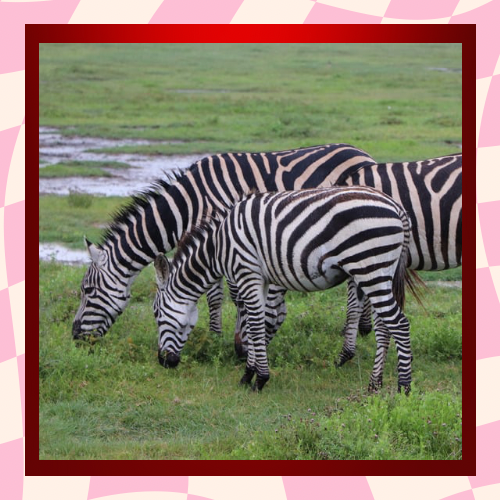
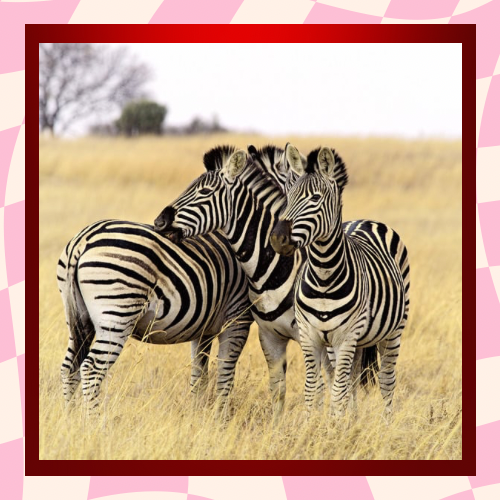
The Power of a Zebra’s Kick
One of the most remarkable aspects of zebras is their physical strength, particularly their powerful kicks. A zebra’s kick is not only a defense mechanism but also a testament to their survival in the wild.
– Force of the Kick: A zebra’s kick can deliver a force strong enough to break a lion’s jaw or crush a predator’s skull. This makes them one of the few prey animals capable of seriously injuring or even killing their attackers.
– Accuracy and Speed: Zebras can kick in any direction with precision, thanks to their flexible legs and strong muscles. Their kicks are not only powerful but also fast, often catching predators off guard.
– Defensive Strategy: When threatened, zebras often form a defensive circle, with their heads facing inward and their hind legs ready to deliver powerful kicks. This strategy protects vulnerable members of the herd, such as foals, from predators.
The strength of a zebra’s kick is a reminder of their resilience and adaptability in the wild. It also underscores why they are not easily subdued or controlled by humans.
The Role of Zebras in Ecosystems
Zebras play a crucial role in their ecosystems as grazers. By feeding on grasses, they help maintain the balance of vegetation, which in turn supports other herbivores and predators. Their migratory patterns also contribute to seed dispersal and soil aeration, promoting biodiversity.
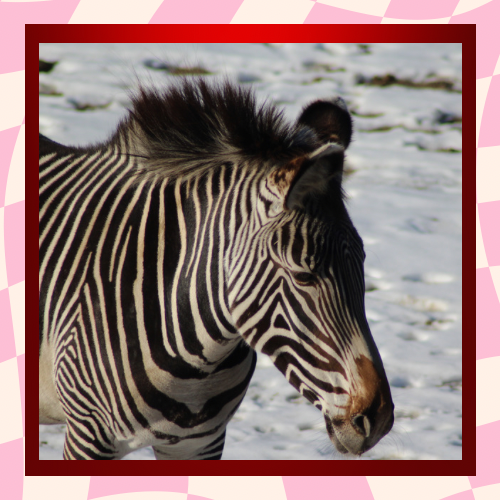
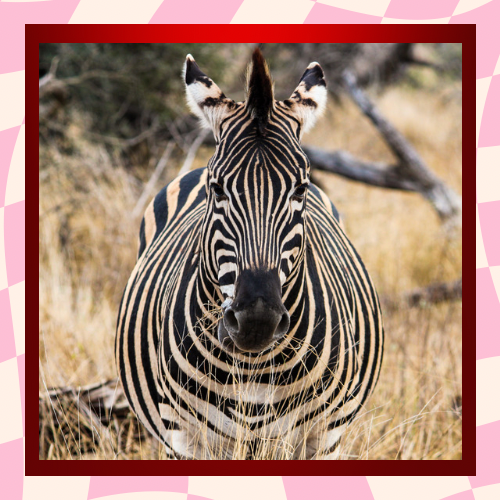
Fun Facts About Zebras
– Unique Stripes: No two zebras have the same stripe pattern. Like human fingerprints, each zebra’s stripes are unique.
– Speed and Stamina: Zebras can run at speeds of up to 40 miles per hour and maintain a steady pace over long distances, making them difficult prey.
– Sleeping Standing Up: Zebras often sleep while standing, a behavior that helps them stay alert to danger.
– Zebra-Hybrids: Zebras can interbreed with horses and donkeys, producing hybrids called zorses and zonkeys. These hybrids are usually sterile.
– Foal Stripes: Zebra foals are born with brownish stripes that darken as they age.
– Fighting Among Themselves: Zebras are not only aggressive toward predators but also toward each other. Males often engage in fierce battles for dominance or mating rights, using their teeth and hooves as weapons.
– Playful Foals: Despite their fierce reputation, zebra foals are playful and curious. They can often be seen running, jumping, and engaging in mock fights with other foals.
– Grooming Rituals: Zebras strengthen social bonds by grooming each other. They use their teeth to nibble on each other’s coats, removing dirt and parasites.
Conservation Challenges
While zebras are not currently endangered as a whole, some populations face significant threats. Habitat loss due to agriculture, competition with livestock, and hunting for their skins have reduced their numbers. The Grévy’s zebra, in particular, is classified as endangered, with fewer than 3,000 individuals remaining in the wild.
Conservation efforts, such as protected areas and anti-poaching initiatives, are crucial to ensuring the survival of these iconic animals. Ecotourism also plays a role by providing economic incentives for local communities to protect zebra habitats.
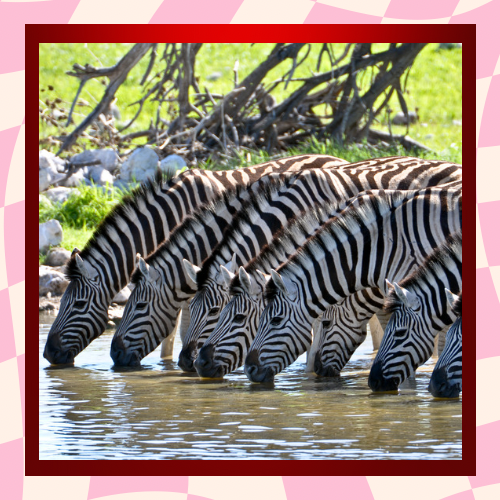
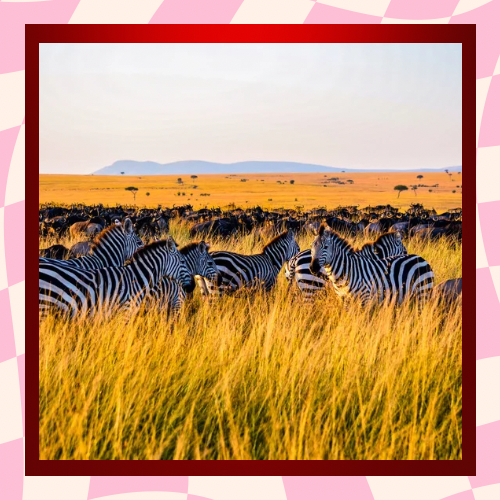
Conclusion
Zebras are more than just striped horses; they are complex, social, and highly adapted animals that play a vital role in their ecosystems. From their unique stripe patterns to their intricate social behaviors, zebras continue to captivate scientists and wildlife enthusiasts alike. By understanding and protecting these remarkable creatures, we can ensure that they remain a vibrant part of Africa’s natural heritage for generations to come.
Zebras are a symbol of wild freedom and untamed strength. Their resistance to domestication and their powerful kicks are reminders of their adaptability and survival instincts. While they may never be tamed, zebras continue to inspire awe and respect as one of Africa’s most iconic animals. By understanding and protecting these remarkable creatures, we can ensure that they remain a vibrant part of our natural world.
References
1. Caro, T. (2016). Zebra Stripes. University of Chicago Press. https://www.cell.com/current-biology/pdf/S0960-9822(20)31001-0.pdf
2. Larison, B., et al. (2015). “How the Zebra Got Its Stripes: A Problem with Too Many Solutions.” Royal Society Open Science. https://www.academia.edu/17009398/How_the_zebra_got_its_stripes_a_problem_with_too_many_solutions
3. IUCN Red List of Threatened Species. (2023). Equus grevyi. https://www.iucnredlist.org
4. Egri, Á., et al. (2012). “Polarotactic Tabanids Find Striped Patterns with Bright and Dark Lines Attractive.” Journal of Experimental Biology. https://edit.elte.hu/xmlui/bitstream/handle/10831/43253/736.full.pdf
